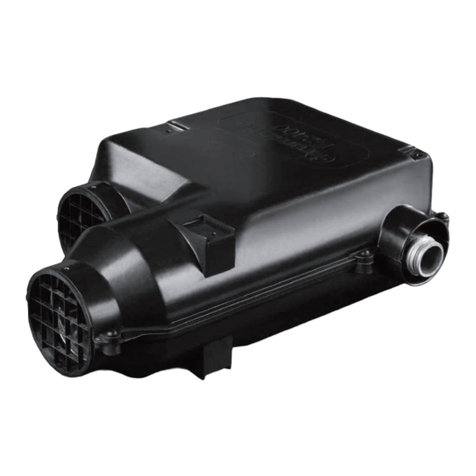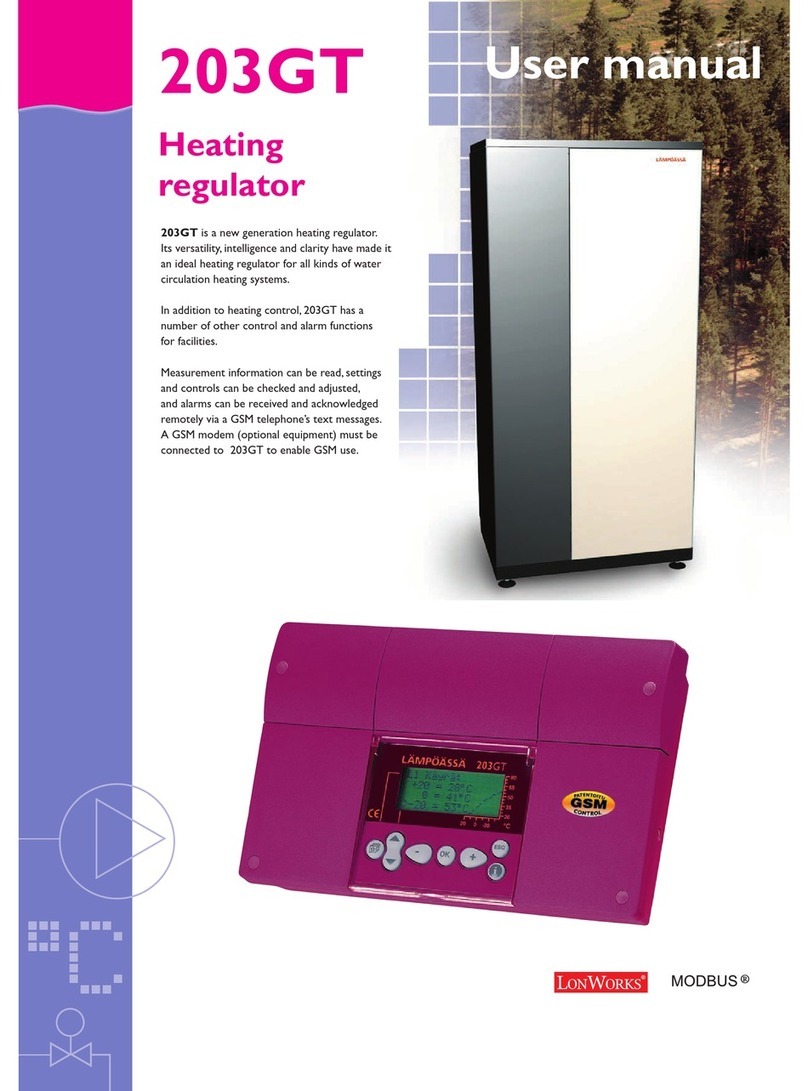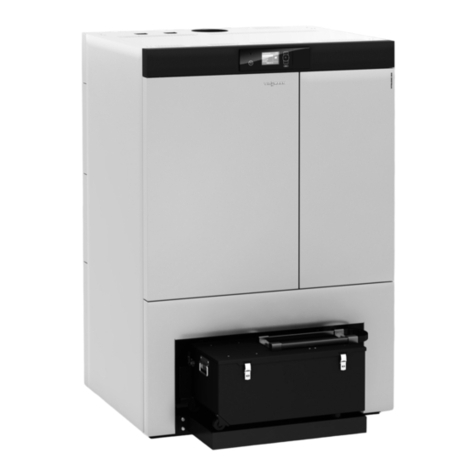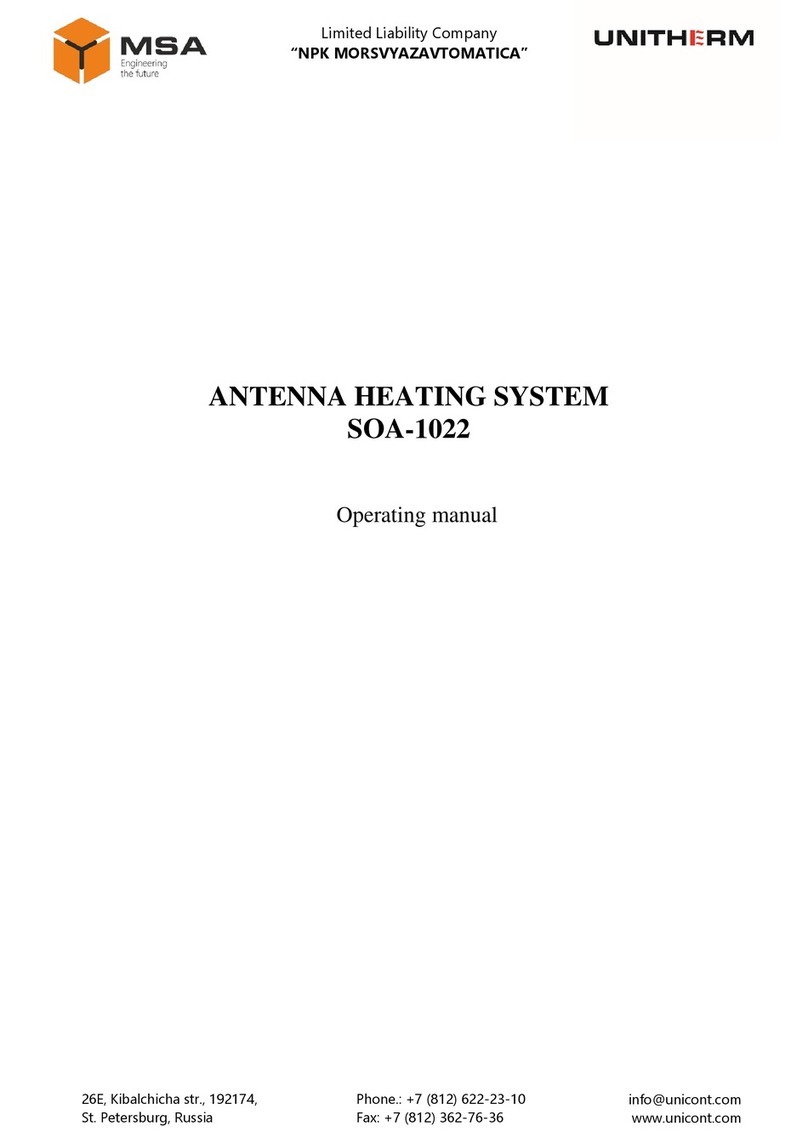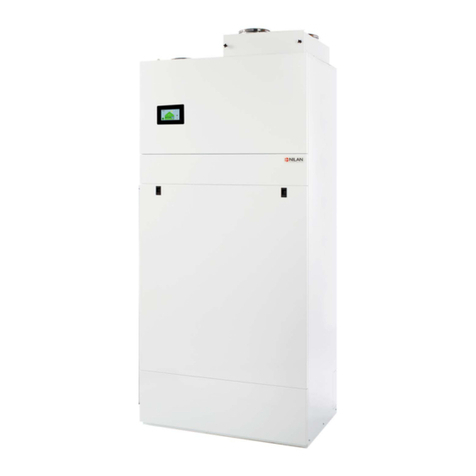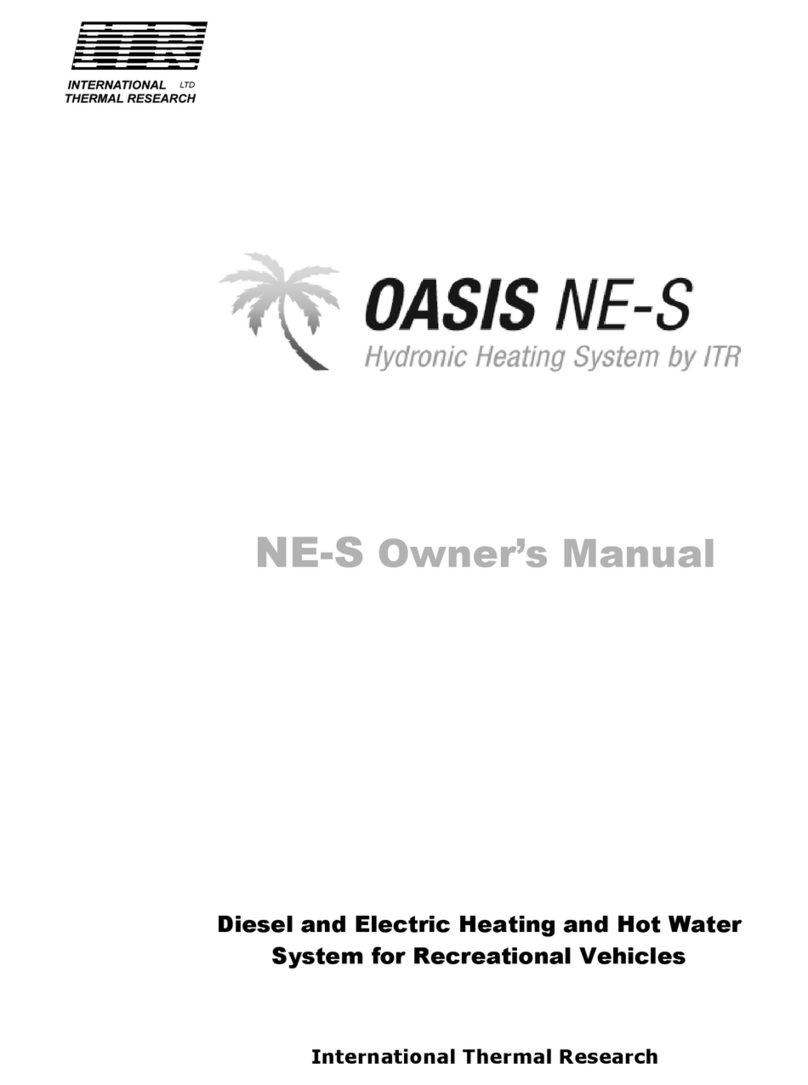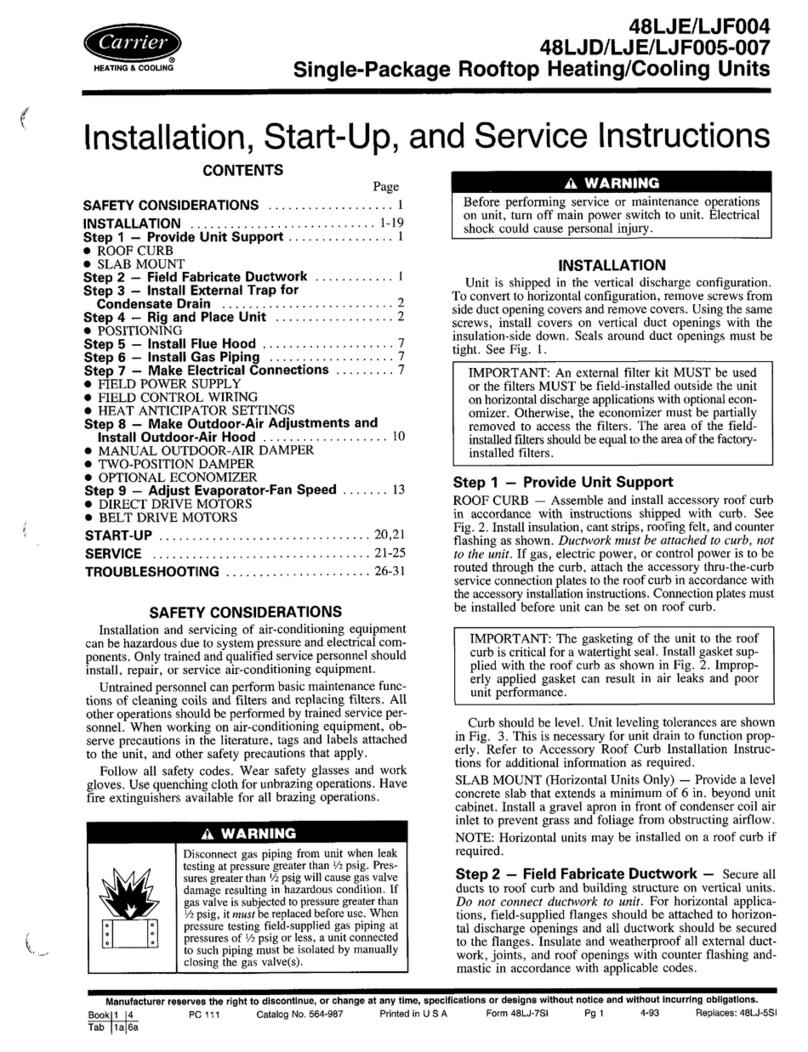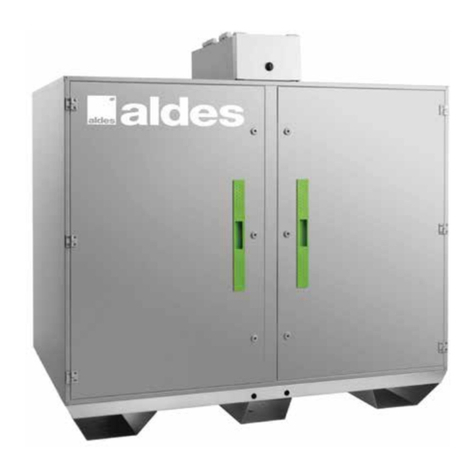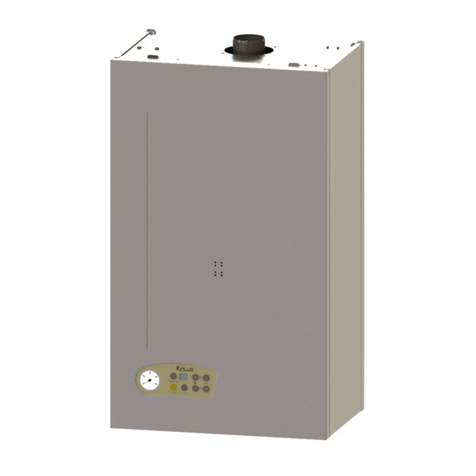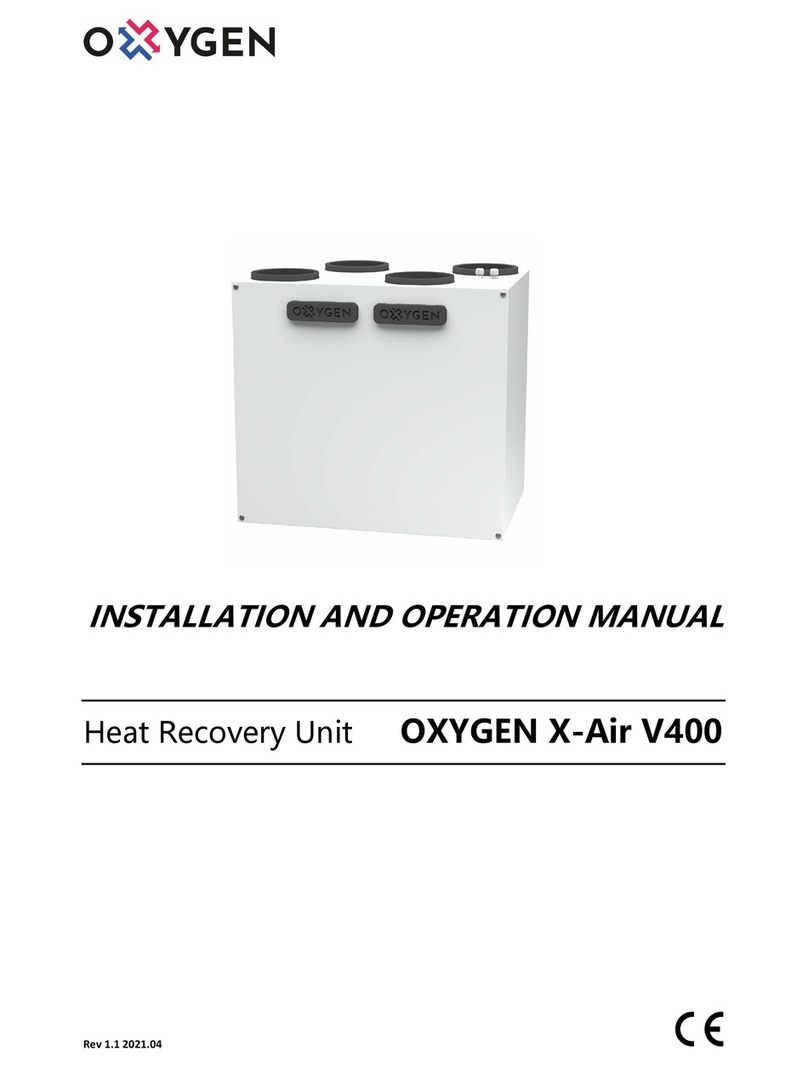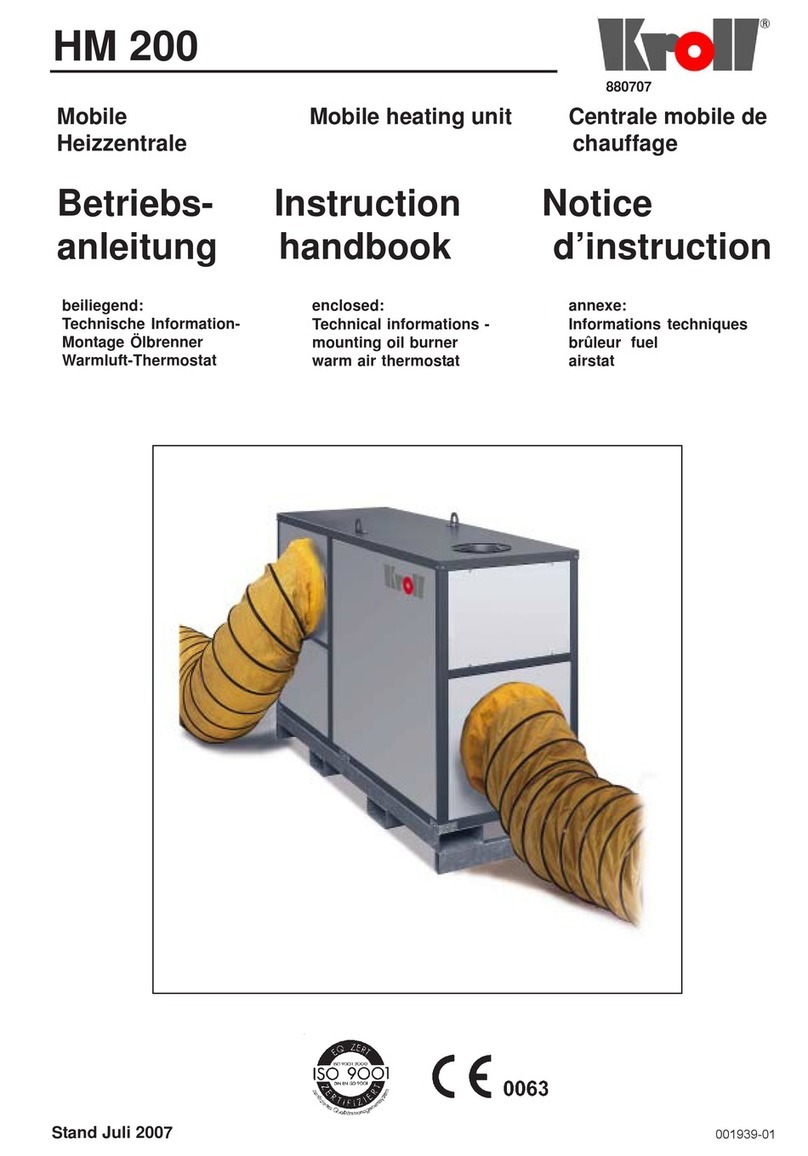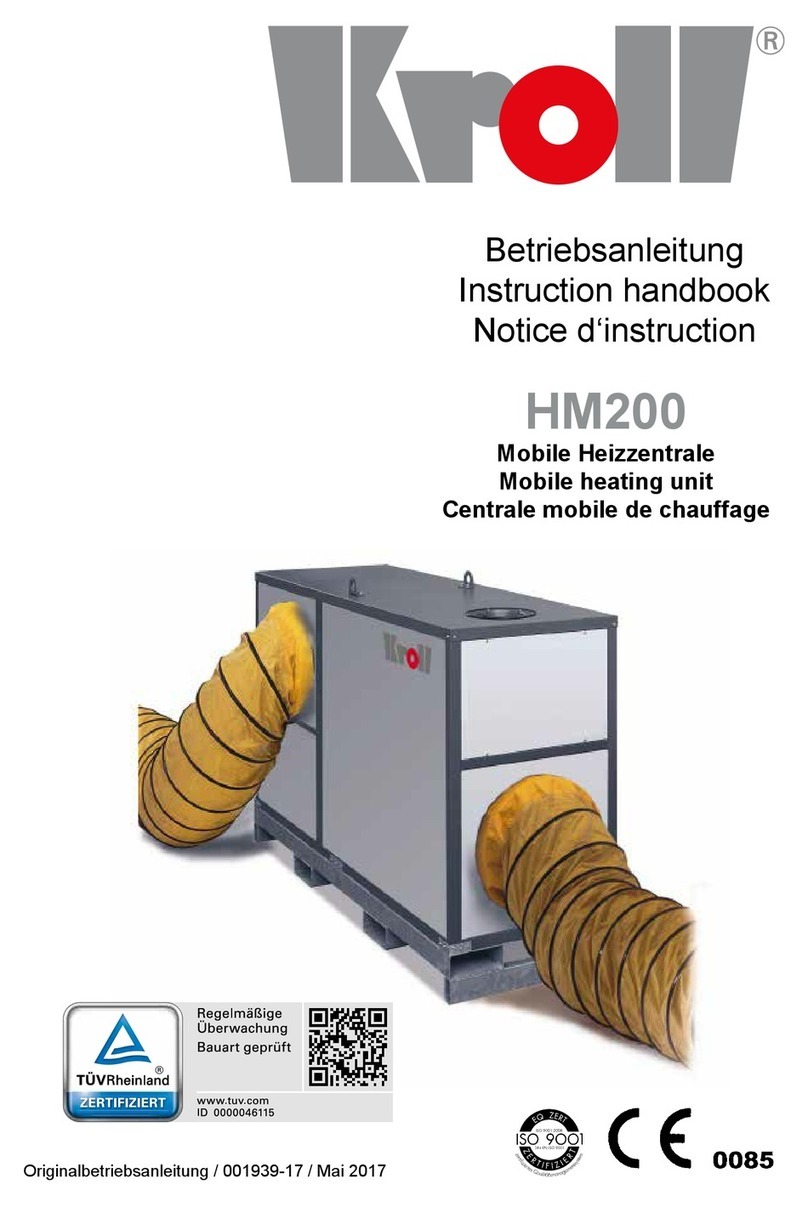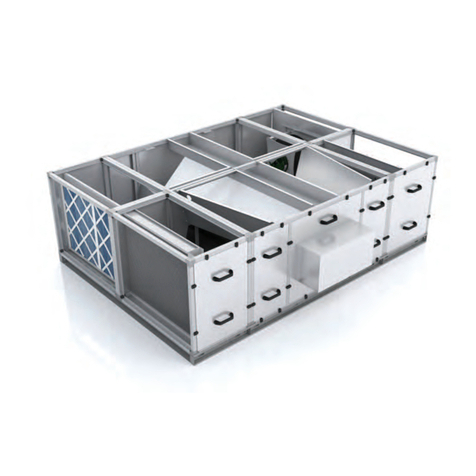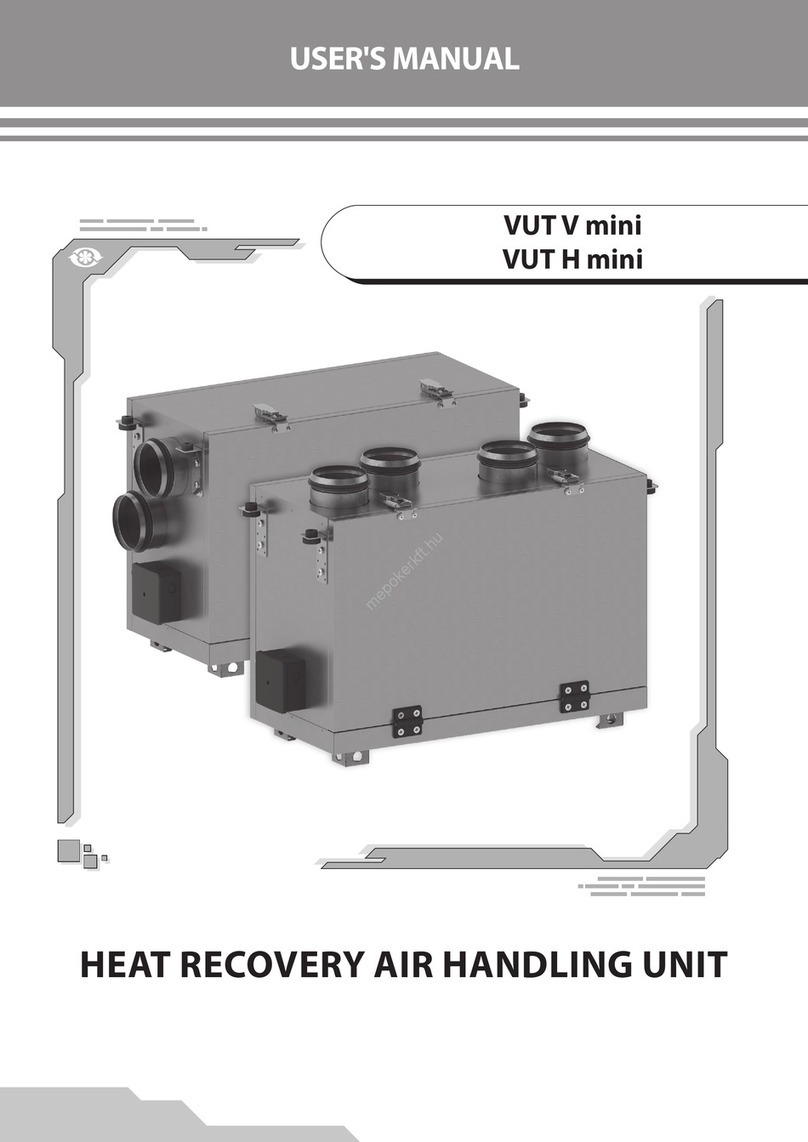
9 (10)
EN.29.C.41.191217
Assembly instructions | LK PE-X, PAL and PE-RT pipes
Checks
The following must be checked:
• laying of pipes and pipe connections
• location of joints and pipes
• connecting of mixers/taps and appliances to
the pipe system
• pipe lead-throughs
• attachments of connecting parts in walls with
watertight seals
• freezing-safe installation (freeze protection)
• leak tightness of the installation.
Assembly of LK Underfloor Heating
System
See the respective oor heating system’s installa-
tion instructions, for example LK Floor Heating
Strip 16, LK HeatFloor 22 and LK Heat circuit dis-
tributor RF , etc.
Tightness testing
Tightness testing of press fittings
To check that a press tting is compressed, a tight-
ness test must be performed before the nal pres-
sure test takes place. Pressurise the pipe to a test
pressure of 3 bar for at least 30 minutes. All joints
must be inspected. The pressure must not drop
during the inspection period.
NOTE! This tightness test is not a substitute for the
mandatory pressure and tightness test described
below.
Tapwater and heating pipes
When carrying out pressure and tightness tests
on pipes carrying water, the water pipe must be
lled slowly up to the control pressure. The pipes
must be completely lled with water and air
bled. To facilitate air bleeding, the pipe should be
lled from its lowest point. The tapwater system
must be tested with water of drinking water qual-
ity. The temperature difference between the room
temperature and the water temperature may not
exceed 10 °C.
Once a tapwater system has undergone pressure
and leak testing with water, this must be put in to
use within seven days at the latest or completely
emptied of water in order to reduce the risk of
bacterial growth.
Guidance
During tightness testing all joints should be in-
spected for hidden leaks. This inspection is impor-
tant because such leaks cannot always be identied
by the manometer on the pressure equipment.
Pressure and tightness testing of plastic pipe sys-
tems and pipe systems involving a mix of plastic
and metal pipes
Phase 1
Pressurize the pipe system to a test pressure of 1.43
x the calculation pressure for at least 30 minutes.
The test pressure must be 14.3 bar for tapwater
systems and 8.6 bar for heating systems. The test
pressure should be maintained for 30 minutes.
Phase 2
After 30 minutes, the test pressure is reduced rap-
idly to 7.5 bar for tapwater systems and 4.5 bar for
heating systems. This pressure must be maintained
for at least 90 minutes. The pressure should nor-
mally increase somewhat during the test period.
The entire pipe system must be inspected.
Pressure and tightness testing with air.
Pressure and tightness testing with air or another
gas must be performed by a Swedac-accredited
company as per the requirements in AFS 2006.
Tightness testing with air, low pressure
- A method devised by VVS Företagen (the Swedish Associa-
tion of Plumbing and HVAC Contractors) and Säker Vatten AB
If there is a risk of freezing or bacterial growth
before a pipe system is to be commissioned, carry-
ing out tightness testing using water is impracti-
cal. Industry regulations Säker Vatteninstallation
displays on its website www.sakervatten.se how a
simplied tightness test with air can be performed.
NOTE! Under no circumstances may this method
be performed with a test pressure higher than 1.1
bar, and it does NOT replace the mandatory tight-
ness test.
